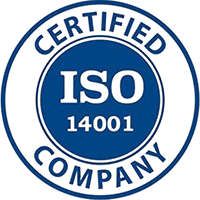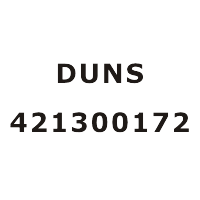
Whole Processing Procedure:
Drawing review – material preparation – processing – mold base processing – mold core processing – electrode processing – mold parts processing – Inspection – assembly – flying mold – trial mold – Production
A: Mold base processing: 1 dozen number, 2 A / B plate processing, 3 panel processing, 4 thimble fixed plate processing, 5 bottom plate processing
B: Core machining: 1 flash, 2 rough grinding, 3 milling machine, 4 bench work, 5cnc rough machining, 6 heat treatment, 7 fine grinding, 8cnc finish machining, 9 EDM, 10 mold saving
C: Mold parts processing: 1 slider processing, 2 compression block processing, 3 diversion cone gate sleeve processing, 4 insert processing
Mold base processing
- The number should be unified, and the mold core should also be numbered, which should be consistent with the number on the mold base and in the same direction, so it is not easy to make mistakes when assembling.
- A / B plate processing (i.e. moving and fixed mold frame processing), a: A / B plate processing should ensure that the mold frame parallelism and perpendicularity is 0.02mm, B: milling machine processing: screw hole, water transport hole, thimble hole, nozzle hole, chamfering C: fitter processing: tapping, trimming.
3, panel processing: milling machine processing boring machine nozzle hole or processing material nozzle hole.
- Processing of thimble fixed plate: milling machine processing: thimble plate and B plate are connected by return needle, B plate face upward, drill the thimble hole from top to bottom, the thimble countersunk head needs to turn the thimble plate upside down, correct, rough machining with drill first, then finish machining with milling cutter, chamfer.
- Bottom plate processing: milling machine processing: marking, correction, boring, chamfering.
(Note: if some dies need to be forced to pull and push, they need to be forced to pull and push mechanism, such as drilling screw holes on the ejector plate)
Mold Core processing
1) Rough machining: Machining on milling machine to ensure perpendicularity and parallelism, with grinding allowance of 1.2mm
2) Rough grinding: for large water grinding, grind the large surface first, and grind the small surface with batch clamp to ensure that the perpendicularity and parallelism are within 0.05mm, with allowance of 0.6-0.8mm on both sides
3) Milling machine processing: first correct the head of the milling machine to ensure that it is within 0.02mm, correct and press the workpiece, first process the screw hole, thimble hole, threading hole, set the needle countersunk head to open the thick, machine nozzle or material nozzle hole, chamfering the diversion cone hole, then make the water transport hole, and mill the R angle.
4) Fitter processing: tapping, typing code
5) CNC rough machining
6) Heat treatment hrc48-52
7) Finish grinding; large water grinding to 0.04mm lower than die frame, ensure parallelism and perpendicularity within 0.02mm
8) CNC finishing
9) Electrical discharge machining
10) Save mold, ensure finish, control cavity size.
11) Processing gate, exhaust, zinc alloy in general, gate open 0.3-0.5mm, exhaust open 0.06-0.1mm, aluminum alloy gate open 0.5-1.2mm, exhaust open 0.1-0.2, plastic exhaust open 0.01-0.02, as wide as possible, thin.
Mold Slider Processing:
Firstly, rough six faces with milling machine; secondly, finish six faces to size requirements; thirdly, rough hanging table with milling machine; fourthly, fine grinding hanging table to size requirements and sliding with die base; fifthly, machining inclined plane with milling machine to ensure that the inclination is consistent with the pressing block, leaving allowance for flying die; sixthly, drill water transportation and inclined guide hole, the inclined guide hole shall be 1 mm larger than the guide column, and chamfered, and the inclination of inclined guide hole shall be 2 degrees smaller than the slide slope. The inclined guide post hole can also be processed together with the mold base after the upper mold is closed, depending on different situations.







